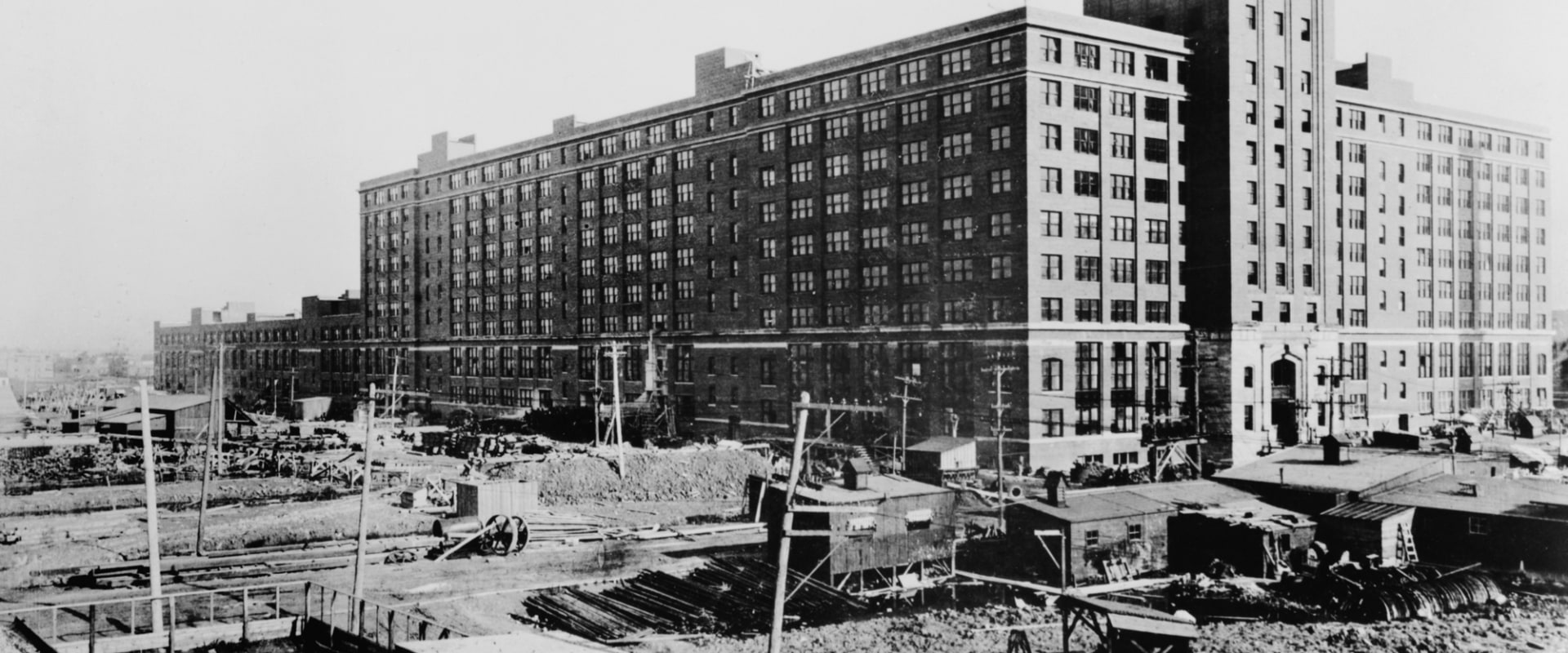When you gaze up at a towering skyscraper, it's easy to forget that its true strength comes from below the ground. Caisson drilling is the unsung hero of many modern architectural wonders, providing the deep and robust foundations that keep these structures standing tall. This article will shed light on the critical role of caisson drilling in today's construction marvels.
The Essence of Caisson Drilling
Caisson drilling, in its essence, revolves around drilling large, cylindrical holes into the earth. These holes are then filled with concrete and reinforcement materials. This ensures that buildings, especially skyscrapers, have a stable and deep foundation to bear the enormous loads they carry. But why is this method particularly significant for skyscrapers?
Caissons: The Pillars of Modern Skyscrapers
- Depth and Stability: Skyscrapers need foundations that go deep into the ground to anchor the structure firmly. Caissons can be drilled deep, ensuring the building is grounded even in areas with challenging soil compositions or high water tables.
- Managing Loads: Skyscrapers have to manage not just their own weight, but also the additional loads from wind, seismic activities, and more. Caisson foundations distribute these loads efficiently across their depth, ensuring stability.
- Mitigating Risks: In areas prone to earthquakes or other geological risks, caisson drilling offers an added layer of safety, ensuring the building's foundation doesn't falter under these conditions.
The Process Behind the Strength
- Site Assessment: Before any drilling begins, a thorough analysis of the site is undertaken to determine the depth required and any potential challenges like water tables or unstable soil layers.
- Specialized Drilling: Using advanced machinery, the drilling begins. It's a meticulous process, ensuring the hole's diameter and depth are consistent and aligned with the skyscraper's architectural plans.
- Inserting the Reinforcement: Once drilled, a reinforcing cage, usually made of steel, is placed into the hole. This gives the caisson its strength and rigidity.
- Pouring and Setting: Concrete is then poured into the hole, and the mixture is allowed to set, forming a solid foundation pillar.
- Integration with the Building's Structure: Once the caissons are set and tested for their load-bearing capacity, the skyscraper's construction begins, integrating the building with its newly formed foundation.
The Impact on Modern Architecture
The advent of caisson drilling has allowed architects to dream bigger and reach for the skies—literally. Without this foundational technique, many of the world's tallest and most iconic buildings might never have been realized. Furthermore, caisson drilling has expanded the possibilities of construction, allowing builders to consider sites previously thought to be unsuitable for tall structures.
Conclusion
While the dazzling heights of skyscrapers capture our imagination, it's the unseen depths of their foundations that truly deserve admiration. Caisson drilling, though often overlooked, plays a pivotal role in shaping the urban skylines we marvel at today. As we continue to innovate and redefine architectural




